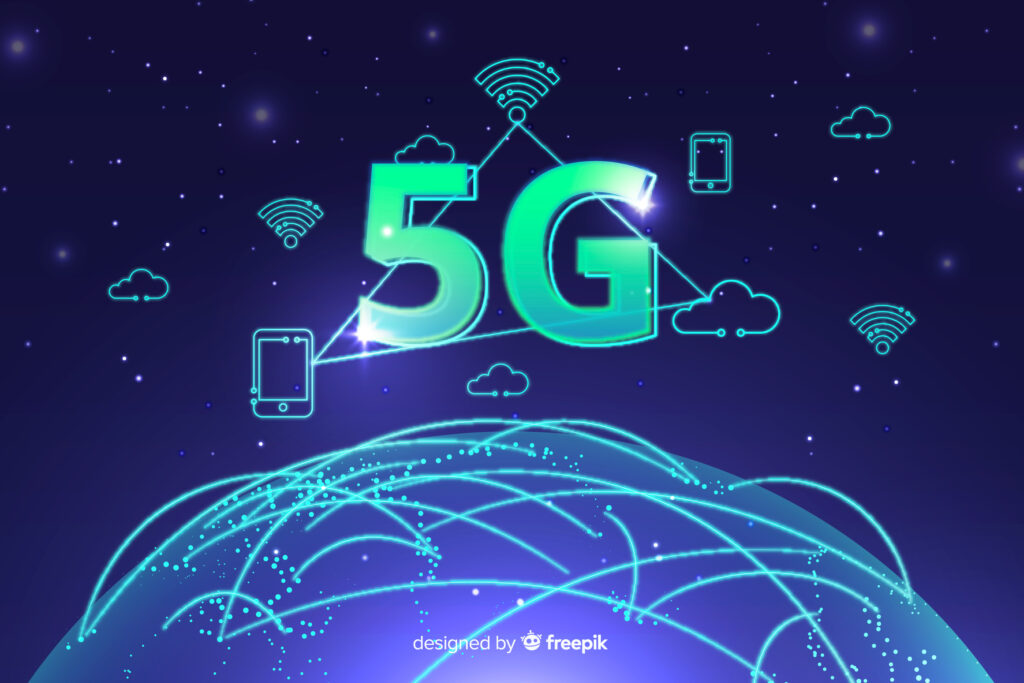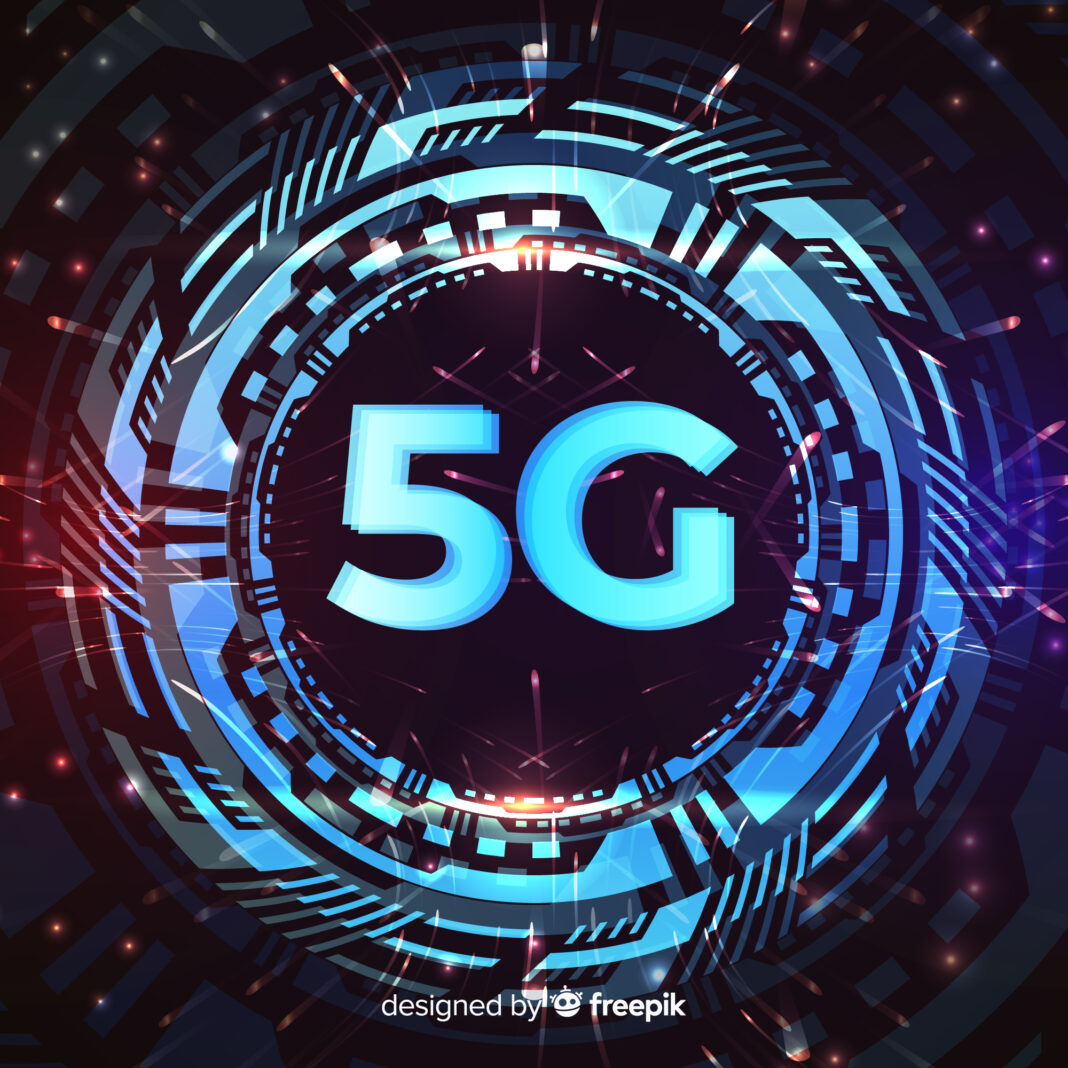The gaming industry has undergone massive shifts over the past decade, but the arrival of 5G is set to be one of the most transformative yet. Unlike previous network upgrades, 5G isn’t just about faster speeds—it fundamentally changes how games are played, developed, and experienced on mobile devices.

For years, mobile gaming was held back by technical limitations: slow downloads, high latency, and inconsistent connections. These issues made it difficult for mobile games to compete with consoles and PCs in terms of performance and immersion. But with 5G, those barriers are crumbling.
This article will explore every aspect of 5G’s impact on mobile gaming, from near-instant load times to cloud-based AAA gaming, augmented reality experiences, and competitive esports. We’ll also examine the challenges that remain and what the future holds as 5G becomes the global standard.
1. The End of Waiting: How 5G Eliminates Download and Loading Delays
1.1 The Problem with 4G: Slow Downloads and Patch Delays
Before 5G, downloading a high-quality mobile game was often a test of patience. A 2GB game like Genshin Impact could take over 30 minutes on a standard 4G connection, and even longer if the signal was weak. Updates and patches—common in live-service games—added to the frustration, forcing players to wait before jumping back into action.
1.2 How 5G Changes the Game: Instant Downloads
5G offers download speeds up to 10 Gbps, making it 100 times faster than 4G. What used to take half an hour now happens in seconds. This means:
- Gamers can install large titles instantly, removing one of the biggest friction points in mobile gaming.
- Live updates no longer disrupt play sessions—patches and DLCs download in the background without interruption.
- Game streaming services (like Xbox Cloud Gaming) benefit from near-instant loading, making high-end games playable on any device.
1.3 Real-Time Asset Streaming: No More Pop-In or Stuttering
Many modern games use dynamic asset loading, where textures, models, and environments load as the player moves through the world. On 4G, this often led to pop-in graphics, stuttering, or freezing as the device struggled to keep up.
5G’s ultra-fast speeds allow seamless real-time streaming of high-resolution assets. Open-world games like Fortnite or PUBG Mobile can now render vast landscapes without performance drops, creating a console-like experience on smartphones.
2. The Death of Lag: How 5G Enables True Competitive Mobile Gaming
2.1 Why Latency Ruins Mobile Esports
In competitive gaming, every millisecond counts. A delay of just 50ms (common on 4G) can mean the difference between landing a headshot and missing completely. This is why many professional mobile gamers still prefer Wi-Fi—it’s more stable than cellular data.
2.2 5G’s 1ms Latency: A Game-Changer for Multiplayer
5G reduces latency to as low as 1 millisecond, making it 50 times faster than 4G. This has huge implications:
- Precision gameplay in shooters like Call of Duty: Mobile and Apex Legends Mobile becomes viable on mobile networks.
- Real-time reactions in fighting games (Tekken Mobile) and MOBAs (League of Legends: Wild Rift) are now as sharp as on PC.
- Cloud-based competitive gaming (like Rainbow Six Mobile) can now support professional esports tournaments over 5G.
2.3 Synchronized Multiplayer: No More Desync Issues
One of the biggest frustrations in online multiplayer is desynchronization, where players see different versions of the game due to lag. 5G’s ultra-low latency ensures that all players experience the same match in perfect sync, eliminating unfair advantages caused by connection differences.
3. The Rise of Cloud Gaming: Play AAA Titles on Any Phone
3.1 What Is Cloud Gaming?
Cloud gaming (or game streaming) allows players to run high-end games on remote servers and stream them to their devices. This means no downloads, no storage limits, and no need for expensive hardware.
3.2 Why 4G Failed Cloud Gaming
Previous attempts at mobile cloud gaming (like OnLive in the early 2010s) failed because:
- High latency made games unplayable.
- Inconsistent speeds caused constant buffering.
- Data caps made streaming impractical.
3.3 How 5G Makes Cloud Gaming a Reality
With 5G, cloud gaming services like:
- Xbox Cloud Gaming
- NVIDIA GeForce NOW
- PlayStation Plus Premium
…can now deliver console-quality gaming on smartphones with: - No noticeable input lag (thanks to 1ms latency).
- 4K HDR streaming (with sufficient bandwidth).
- Instant access to hundreds of AAA games.
3.4 The Future: Will Cloud Gaming Replace Consoles?
While cloud gaming won’t kill consoles overnight, it democratizes high-end gaming. Players no longer need a $500 Xbox or PlayStation—just a 5G phone and a subscription. This could disrupt the traditional gaming market, making premium experiences accessible to millions more players.
4. Augmented Reality (AR) and Virtual Reality (VR) Gaming Reborn
4.1 The Struggles of Mobile AR/VR
AR games like Pokémon GO and VR experiences like Oculus Quest have been limited by:
- Processing power (phones overheat quickly).
- Latency issues (causing motion sickness in VR).
- Data constraints (streaming high-quality 3D models).
4.2 How 5G Solves These Problems
5G enables:
- Offloading computations to the cloud, reducing strain on the device.
- Real-time environmental interaction (e.g., live weather effects in Pokémon GO).
- Multiplayer AR experiences (imagine Minecraft Earth with persistent, shared worlds).
4.3 The Next Generation of AR/VR Mobile Games
Future possibilities include:
- Full VR MMOs playable on 5G phones (with cloud rendering).
- Persistent AR worlds (where digital objects stay in real-world locations).
- Holographic multiplayer games (using 5G + advanced optics).
5. The Social and Competitive Future of 5G Mobile Gaming
5.1 Cross-Platform Play Becomes Seamless
With 5G, the gap between mobile, console, and PC players shrinks. Games like Fortnite and Rocket League Sideswipe already support cross-play, but 5G ensures no platform has a latency advantage.
5.2 Live Esports on Mobile
Mobile esports (like Clash Royale Leagues and PUBG Mobile tournaments) will explode with:
- Real-time, lag-free competitions.
- Thousands of simultaneous players in battle royale events.
- Global tournaments without regional latency issues.
5.3 Enhanced Social Features
Expect deeper integration with:
- Discord-like voice chat directly in games.
- Live spectator modes with zero delay.
- In-game streaming to Twitch/YouTube without third-party apps.
6. Challenges and Limitations of 5G Mobile Gaming
6.1 Coverage and Infrastructure Gaps
- Rural areas still lack 5G towers.
- Developing countries may lag in adoption.
6.2 Battery and Heat Concerns
- 5G modems consume more power, leading to faster battery drain.
- Extended gaming sessions may cause overheating.
6.3 Data Costs and Carrier Restrictions
- Unlimited 5G plans are expensive in some regions.
- Throttling could affect cloud gaming performance.
6.4 Device Compatibility
- Older phones don’t support 5G.
- Mid-range 5G devices may struggle with high-end streaming.
7. The Future: What’s Next for 5G and Mobile Gaming?
7.1 AI-Driven Dynamic Gameplay
- Games that adapt in real-time to player skill.
- Procedurally generated worlds with cloud-powered AI.
7.2 Haptic Feedback and Advanced Controls
- Console-like triggers on mobile controllers.
- Force feedback for immersive touch responses.
7.3 Blockchain and NFT Gaming
- True digital ownership of in-game assets.
- Cross-game item trading with 5G-speed transactions.
7.4 The Metaverse and Persistent Worlds
- Always-on virtual spaces (like Roblox or Fortnite Creative).
- Mixed-reality experiences blending AR, VR, and real-world play.
FAQ: Common Questions About 5G and Mobile Gaming
Q1: Will 5G replace Wi-Fi for gaming?
A: For on-the-go play, yes. But Wi-Fi will still dominate at home due to stability and unlimited data.
Q2: Do I need a 5G phone for mobile gaming?
A: To experience full 5G benefits, yes. Older 4G devices won’t get the speed or latency improvements.
Q3: Will 5G drain my battery faster?
A: Initially, yes, but chipmakers are optimizing efficiency. Future phones will handle 5G gaming better.
Q4: Is cloud gaming the future?
A: For high-end games, yes. But native mobile games will still thrive for offline play.
Q5: When will 5G gaming be mainstream?
A: By 2025, most major cities will have full 5G coverage, making it the standard for mobile gaming.
Conclusion: The Mobile Gaming Revolution Has Begun
5G isn’t just an upgrade—it’s a paradigm shift for mobile gaming. From zero-lag esports to console-quality cloud gaming, the technology is breaking down barriers that once separated mobile from traditional platforms.
While challenges like coverage gaps and battery life remain, the trajectory is clear: 5G will make mobile the dominant gaming platform of the future. Developers, telecom companies, and gamers alike must prepare for a world where anyone, anywhere, can play anything—instantly.
The next decade of gaming will be defined by speed, accessibility, and immersion, and 5G is the engine driving it all.

